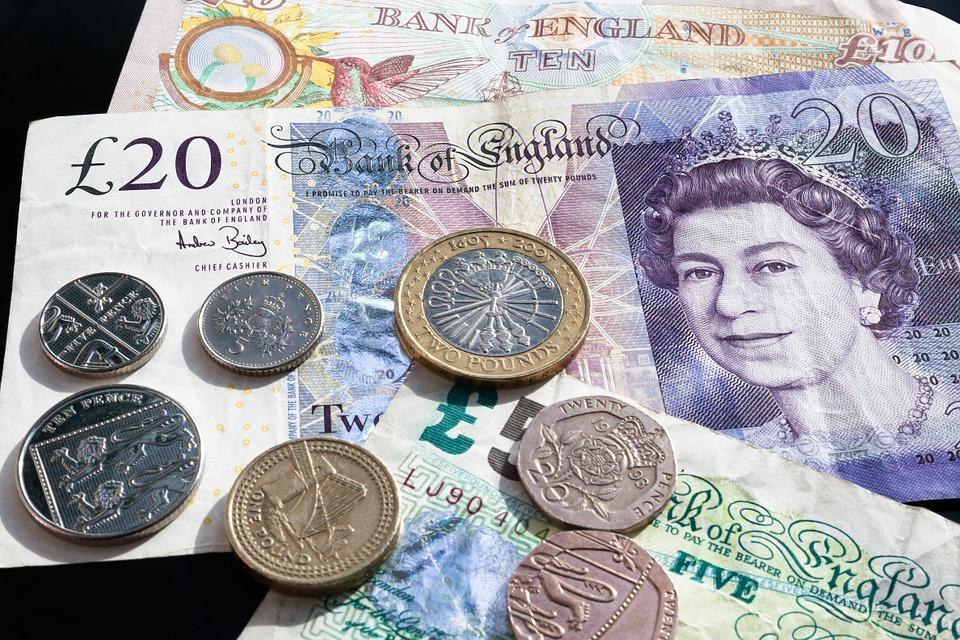UK borrowing costs surge, sterling tumbles after Britain's new economic plan
The package, estimated to cost 45 billion pounds ($50 billion) by the financial year 2026/27, was the largest at a single event since 1972, according to the Institute for Fiscal Studies, a think tank. Income tax cuts, a drop in property taxes, tax-free shopping for overseas visitors and the scrapping of a planned corporation tax rise are all aimed by the government at giving households and businesses a boost.

- Country:
- United Kingdom
British government bond yields surged by the most in a day in over three decades on Friday, the pound slid to a fresh 37-year trough against the dollar, and stocks hit two-month lows after UK finance minister Kwasi Kwarteng laid out a series of tax cuts in a bid to boost growth. The package, estimated to cost 45 billion pounds ($50 billion) by the financial year 2026/27, was the largest at a single event since 1972, according to the Institute for Fiscal Studies, a think tank.
Income tax cuts, a drop in property taxes, tax-free shopping for overseas visitors and the scrapping of a planned corporation tax rise are all aimed by the government at giving households and businesses a boost. To fund the cuts, plus a multi-billion pound scheme to subsidise energy bills, the government's debt management arm said it would raise its borrowing plan for the current financial year by around 45% to 234.1 billion pounds ($260 billion).
The bond market went into a tailspin, with yields on the five-year gilt - one of the most sensitive to any near-term shift in interest rate or borrowing expectations - up by half a percentage point. This was the biggest one-day rise since at least late 1991, according to Refinitiv data. The pound tumbled after Kwarteng's speech, losing 1.8% in value against the dollar to trade at $1.1050, around its lowest since 1985.
"Arguably, a significant, unfunded fiscal stimulus package like this would have made economic sense after the deflationary global financial crisis, when borrowing costs were low and private sector balance sheets were deleveraging," said Trevor Greetham, head of multi-asset at Royal London. "Now with spare capacity non-existent, inflation at a forty year high and the Bank of England trying to cool things down, we are likely to see a policy tug of war reminiscent of the stop-go 1970s. Investors should be prepared for a bumpy ride,” he said.
The FTSE 100 dropped 1.3%, hitting its weakest level since July 15, but shares in UK homebuilders jumped after Kwarteng announced changes to property stamp duty. "In terms of sterling, the reaction is more interesting. If you get more fiscal stimulus and less monetary stimulus, that’s something that’s buoyant for the currency. But one also has to look at the current account deficit, which is now not going to narrow quite as much. So there is a question mark over the UK’s external position which questions the longer-term position of sterling," David Page, AXA Investment Management head of macro research, said.
The Bank of England on Thursday delivered a half-point increase in interest rates to 2.25%, disappointing currency traders who had been preparing for a rise of as much as three-quarter of a point. The bank said it would respond "forcefully, as necessary" to inflation, as the government grapples with a cost-of-living crisis driven by soaring utility bills that is tilting the economy into recession.
The BoE now expects inflation to peak at just under 11% in October, below the 13.3% peak it forecast last month, before Liz Truss won the Conservative Party leadership and became Britain's prime minister with a promise to cap energy tariffs and cut taxes.
(This story has not been edited by Devdiscourse staff and is auto-generated from a syndicated feed.)
ALSO READ
British billionaire Joe Lewis gets no prison time at sentencing for insider trading
British PM Rishi Sunak unveils GBP 35 million investment in grassroots cricket to widen participation in schools
New UK documentary examines racist attacks on British Indians
Bank of England appoints Ernst and Young as its external auditor
British, French troops march in historic joint parades in London and Paris in a show of solidarity










